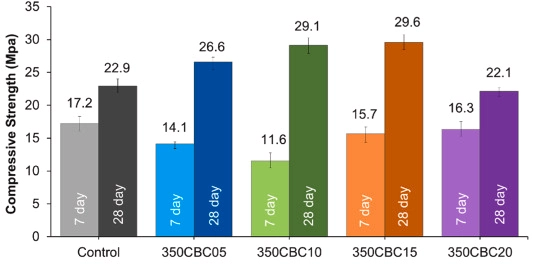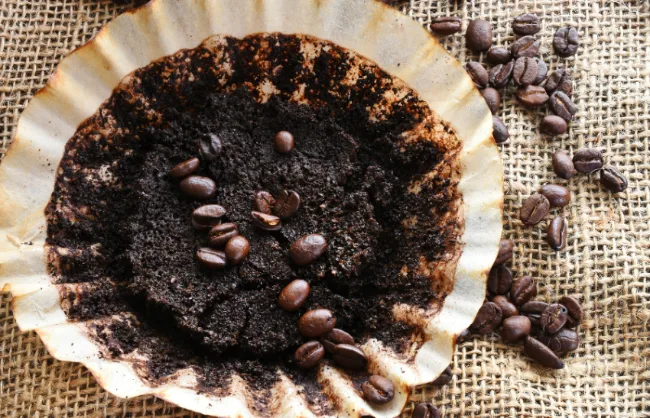Did you know that your morning coffee has a secret superpower? Beyond just waking you up, those leftover coffee grounds might just be the unsung heroes of the future! We’re diving into an incredible discovery where scientists are turning what we’d usually throw away (yep, those coffee grounds) into something that’s changing the way we build!
It’s all about turning trash into treasure and caring for our planet. And the best part? You get to decide how you want to journey through this discovery. Dive deep with a Scientific Deep Dive that’s packed with all the juicy details, or hop on a fun-filled adventure with our Kid-Friendly Edition that keeps things light and entertaining. Choose your own adventure and enjoy the ride!
Coffee Grounds + Concrete = Super-Strength! 🏗️☕
Hey there, young scientists! Guess what? Researchers in Australia have come up with a cool recipe to make buildings stronger. The secret ingredient? Old coffee grounds! Yup, the stuff you might find in your kitchen after brewing a cup of joe.
So, here’s the deal: Every year, people around the world toss out a LOT of coffee grounds – like, imagine filling up 2 million school buses with them! Most of these grounds just end up in big garbage dumps.
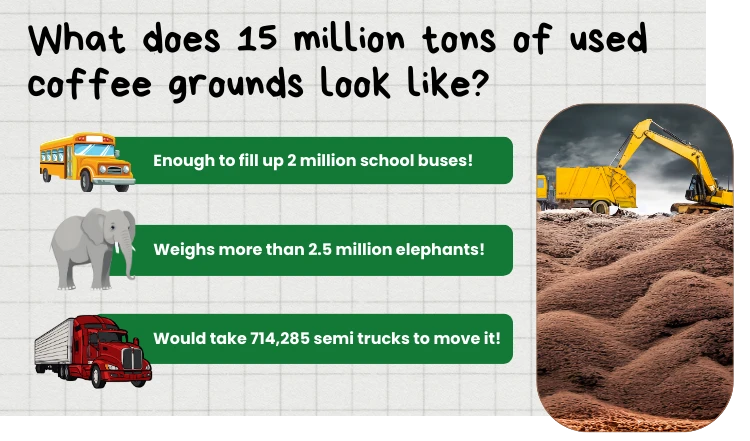
But why’s that bad? Well, Mr. Rajeev Roychand, a smart engineer, says when we throw away stuff like coffee grounds, it’s kind of like letting out sneaky ninja gases that are bad for our planet.
Now, everyone loves building stuff, right? Like sandcastles on the beach. But did you know the real big buildings use a ton of sand, too? Ms. Jie Li, another smartie, told us that we’re taking way too much sand from rivers for building stuff. And guess what? Just like your favorite candy, sand isn’t unlimited!
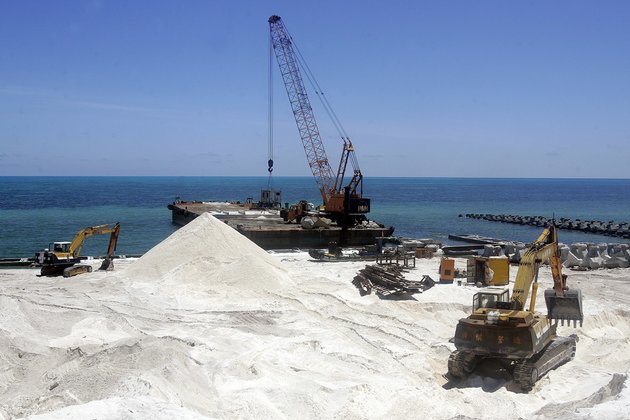
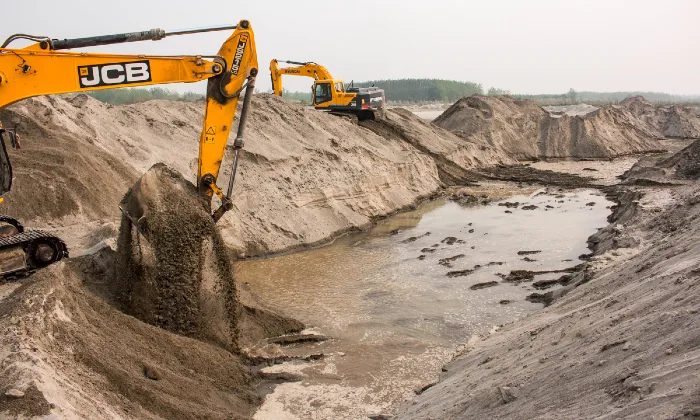
People are taking loads and loads of sand from the land and the bottom of rivers and oceans. This is called “sand mining” and “dredging”, and you can see how much damage it causes in the photos. Why? Because sand is a super important ingredient in making concrete!
When they do this, fish lose their homes, water gets all mucky and dirty, and the land can even sink down! Plus, the animals and plants that live there get super confused and can’t find their way home. It’s a big mess, and it’s not very kind to our planet.
Here’s the fun part: some genius scientists tried mixing coffee grounds directly into building materials (called concrete), but it turned into a weak, wobbly mess. 
So, they came up with a plan! They cooked the coffee grounds super-hot, almost like how superheroes are made, turning them into a special charcoal called ‘biochar’. This biochar, when mixed with concrete, becomes like a superhero team-up, making the concrete super strong!
But there’s a twist: if they cooked the coffee too much, it didn’t work as well. It’s like baking cookies – if you leave them in the oven too long, they get all crunchy and not so yummy.
The science squad is still doing more tests to make sure their coffee-concrete mix is the best ever. They’re also thinking of using other leftovers, like wood chips and old veggies, for the same trick.
To wrap it up, Ms. Shannon Kilmartin-Lynch, another amazing engineer, said that using coffee and other leftovers this way is like giving them a second chance at life. Instead of throwing them away, we’re turning them into superhero building materials! How cool is that?
New Potent Green Concrete Formula: Coffee Ground Waste Strengthen the Mix
Australian researchers have unlocked a novel method for strengthening concrete: incorporating charred leftover coffee grounds. This groundbreaking approach could enhance concrete strength by up to 30%.
Globally, we generate an overwhelming 10 billion kilograms of coffee waste annually, with a significant portion directed to landfills. RMIT University’s engineer Rajeev Roychand clarifies the gravity of the issue, stating, “The disposal of organic waste releases substantial greenhouse gases like methane and carbon dioxide, intensifying the climate crisis.”
Parallelly, the global boom in construction has increased the demand for concrete, which in turn has put pressure on natural resources. “The incessant extraction of natural sand, especially from riverbeds, to meet construction industry needs is detrimental to the environment,” comments RMIT engineer Jie Li. He emphasizes the importance of a circular economy, adding, “By rethinking our approach, we can not only reduce organic waste in landfills but also conserve finite resources such as sand.”
However, there’s a catch. Direct incorporation of organic materials like coffee grounds into concrete is problematic because of the chemicals they release, which compromise the strength of the concrete.
To counter this, the research team utilized a process called pyrolyzing. They heated the coffee waste to over 350°C (about 660°F) in a low-oxygen environment.
The result? A carbon-rich, porous charcoal known as biochar, which can meld with the cement structure.
Interestingly, the team’s experimentation with heating the grounds at 500°C didn’t yield as robust biochar particles.
Before this coffee-infused concrete becomes mainstream, the team emphasizes the need for further testing on its long-term resilience, especially under diverse conditions like freeze/thaw cycles and water absorption.
| Concrete Mix (m3) | Cement (kg) | SCG/CBC (kg) | Water (L) | Sand (kg) |
|---|---|---|---|---|
| Control | 350 | 0 | 214 | 820 |
| 350CBC05 | 350 | 5 | 214 | 779 |
| 350CBC10 | 350 | 9 | 214 | 738 |
| 350CBC15 | 350 | 14 | 214 | 697 |
| 350CBC20 | 350 | 19 | 214 | 656 |
Apart from coffee, the researchers are delving into producing biochars from a variety of organic wastes such as wood, food remnants, and agricultural byproducts.
Highlighting the potential of their work, RMIT engineer Shannon Kilmartin-Lynch shares, “While our research is still in its nascent phase, these promising results pave the way for a substantial reduction in landfill-bound organic waste.”
More To Discover
- Unsustainable Coffee Production Linked to Health Issues, Urgent Changes Needed
- Transforming Palm Trees into Eco-Friendly Building Materials: A Green Innovation to Tackle Construction Emissions
- At-Home Biogas Plant? Transforming Home Waste into Energy with a Compact Residential System
- How New Tax Rules Will Make It Cheaper To Go Green And Connect To The Grid
She further adds, reflecting on her Indigenous roots, “The essence of my research is ‘Caring for Country’, championing a sustainable lifecycle for all materials and minimizing environmental degradation by reducing landfill deposits.”
While the team has more work to do, the results below demonstrate the promise of their research.
